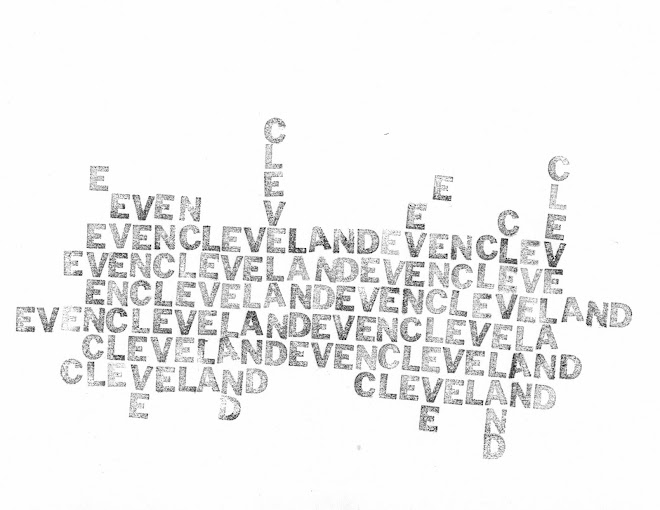I spent the last two weeks of March in Paris—one week with my mom and sister, one week with Sean and Hugh. On the Saturday that fell in the middle, my sister and mom woke up early to leave for the airport, and Sean and Hugh were scheduled to arrive sometime later that afternoon. So after I got the rental apartment in order, I dropped my bags at a luggage locker. Then, the morning was mine.
I needed to cross the river to get where I was going: the
Musée de Minéralogie, a
200-year-old wonder-cabinet of rocks, gems, and minerals tucked inside the École des Mines, and the Jardin des Grands Explorateurs. After a cold and sunny week, the rain was falling light and steady, but the air was warm. As I walked, I looked. I saw a woman in a boldly striped ankle-length grass-green and navy slicker chatting with a butcher in a shop aglow with pink neon. Nearby, a masted ship carved in stone was frozen in full sail above the door of a boy's school, a comic book shop promised stories for heros, and ancient saints with woebegone faces leaned on each other in the arch around the doors of a weathered church. Tucked in a little alley I looked into shop windows full of
glass-tipped pens and prune-colored ink, rings heavy with old intaglios, and silvery Japanese papers. There was
a poetry bookstore with simple wood shelves that I coveted (I went back later to get a closer look at those).
I kept walking, headed toward
the flower market. I saw a man riding a bike with two umbrellas open; one over his head, but the other angled over the handlebars, like some sort of mutant turtle. I passed
the big old clock; blue, spattered with gold, with a face like the sun and two serene women presiding over the time, wielding sword and scale. I passed lines of people waiting in the rain, patiently waiting to see splendor, and walked on along the wide streets. I passed through a small park littered with the remnants of an old church; it's there you find
the oldest tree in Paris. I wandered through a cold, clammy church, dark with stone pillars, then past big bookstores promising sales and high street shops with rainwashed fronts. I saw the backside of a medieval garden and walked through a market with bricks of nut-studded nougats stacked like cinder blocks. I saw a second clock, much smaller, behind a fogged pane of glass set into an alcove in the thick, creamy walls of the Sorbonne; it was near a statue with a lipsticked mouth, garish against the stone. And eventually I found where I was going, after entering a glassed vestibule watched by a friendly guard and wandering austere school halls marked with noticeboards. I turned a corner and found myself facing a startlingly grand staircase surrounded by murals depicting ice caves and other geologically sublime places. I rang the bell and bought my ticket. I spent longer than I expected looking at the specimen samples, but also at the beautiful blond wood cases, with slanted glass tops, some protected by lids, that stretched on from room to room to room. Tall windows overlooking the Jardins du Luxembourg were thrown open and the rooms smelled of rocks, rain and wood; I caught glimpses of the Eiffel Tower behind a scrim of cloud.
As I was leaving, I found a locked door—through its glass pane, I could just see a peek of
the skylit library, closed that day. I walked out through the gardens; by then, the sun had appeared, and the famous pale green chairs scattered throughout the grounds were filling up. The air smelled like hyacinths. I made it to the Jardin des Grands Explorateurs and ambled all the way to the massive bronze turtles sunning themselves in the dry fountain bed. Then it was time to meet my guys, so I turned back. But I made sure to
visit the bees along the way; I first stumbled across them by accident more than twenty years ago and hoped that I would find them again this time. It felt good to know that they are still there.
*
Rachel Antonoff Marie the Baguettes Madison slicker /
ventilated Calzuro clogs /
Two New York sweatshirt /
COS slouchy pants /
Kathryn Bentley fish studs /
Sapir Bachar gold eternity beads necklace /
Manicurist nail polish in Hollyhock (I bought this in Paris and have been impressed by how well it holds up) /
Nizū Kanū x Niwaki rucksack /
The Common Toad and other Essays by George Orwell /
Bresciani socks, colored like the iridescent oil slick on a puddle.















.png)

